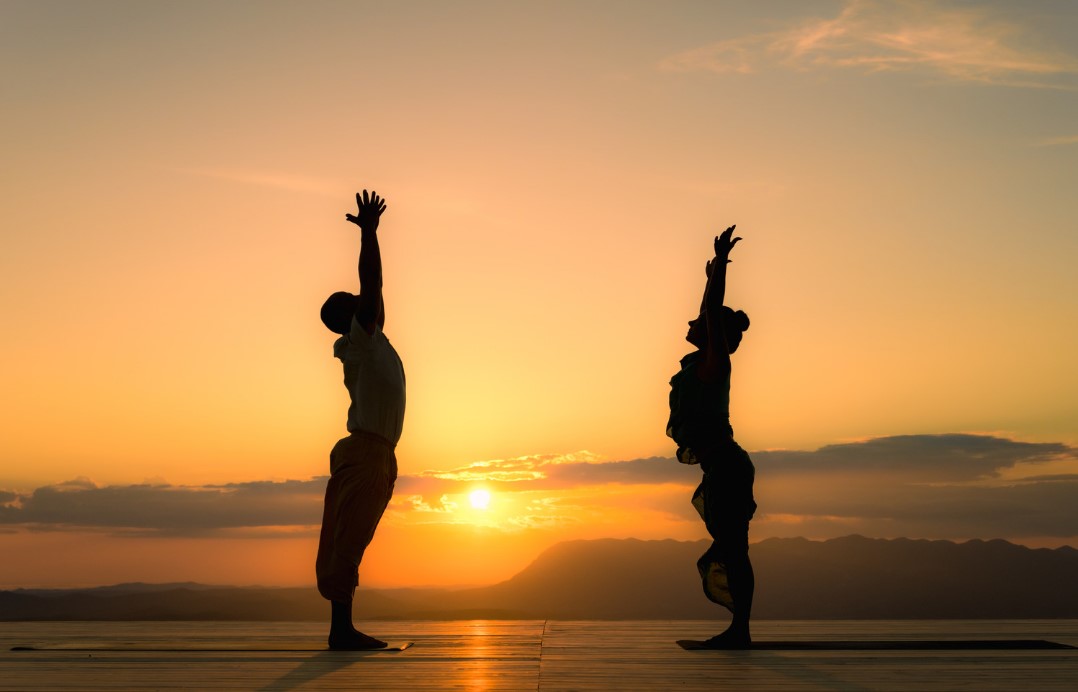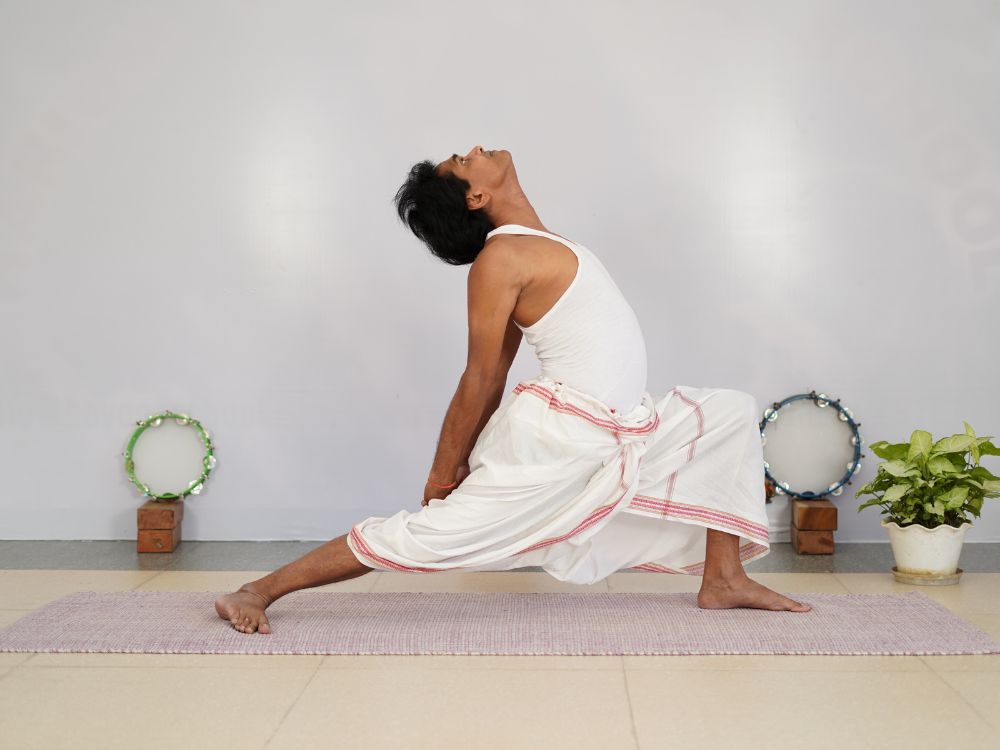Tadasana (Samasthiti)
Tadasana is also known as Samasthiti. TADA is a Sanskrit word and means Mountain. Asana means posture. Another word is Samasthiti. SAMA means equal, STHITI means Standing.
This Asana is a balancing pose. All the standing poses start from the Mountain pose and end in the Mountain Pose. So, it is a basic pose for all the standing poses. After doing many standing poses, you can rest in this position to normalize the breathing. This is the very active position. As soon someone stand in this correct position it activates the Sattvic Energy, means provide lightness, stability, grounded in the position before move. This asana is included in the 200 hour yoga teacher training course.
BKS Iyengar stated – “Once we can master the Tadasana, then all the other poses come naturally”.
How To Do -
- Place your feet together or with apart with your hip joints.
- Make sure that your knees are lifted up and legs are active.
- Take your tailbone in.
- Spine erect from tailbone to skull.
- Roll your shoulders towards the back and drop them, and align them to your collarbone.
- Arms are gentle active along of your body and fingers are active.
- Take your chin in and look front.
- Focus your mind on your breathing and observe your breaths.
- Enjoy the stability with free-flowing breaths.
Contraindications
- People having headache, or migraine should not practice mountain pose.
- For people with low blood pressure, holding this posture for quite long time may cause dizziness. Because there will be more blood flow in the lower part of the body.
- For expecting women, they have to keep the legs wide apart instead of together.
Benefits
- Tadasana is a best centering pose and feels grounded, provides stability before move towards any other poses.
- It is very good pose for mental and emotional balances.
- It helps in the proper alignment of the body which strengthens and tones the core muscles.





